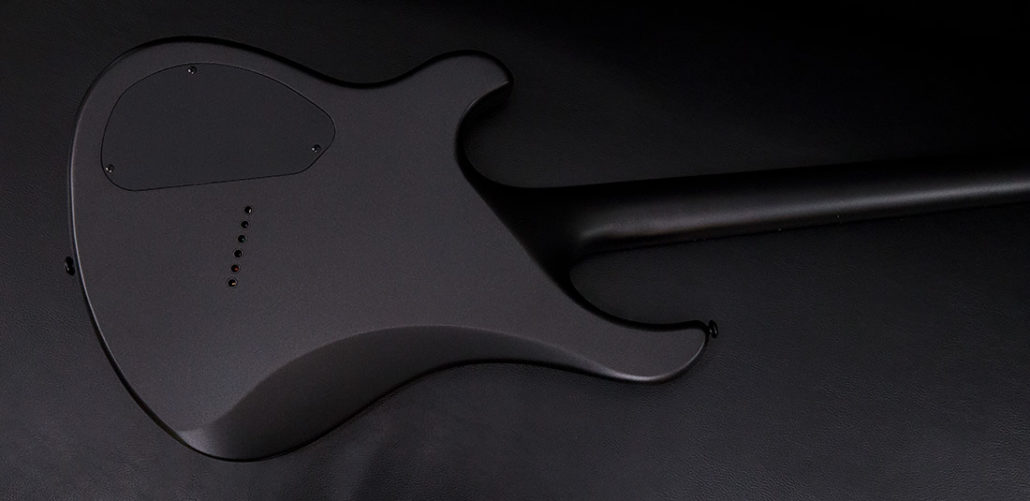



So we can solve using proportions because we know the surface area of the smaller prism. So as we said before, if two solids are similar, the ratio of their surface areas is equal to the square of the scale factor between them, which would be one-half squared. So the scale factor from the smaller prism to the larger prism is one-half. Now since we said we’re gonna be using proportions to solve, let’s go ahead and use the fraction.īut before we move on, scale factor should always be reduced, and nine-eighteenths can be reduced to one-half. The scale factor from the smaller prism to the larger prism is nine to eighteen, which can be written like this: using a colon, using words nine to eighteen, or as a fraction nine to eighteen. So what is this proportion that we can use? Well, if two solids are similar, the ratio of their surface areas is proportional to the square of the scale factor between them. So that means for our question, we can use a proportion to find the missing large surface area. If you know two solids are similar, you can use a proportion to find a missing measure. And their corresponding faces are similar polygons, just how these are both triangular prisms. And their corresponding linear measures, such as these two side lengths nine yards and eighteen yards, they are proportional. If the pair of triangular prisms are similar, and the surface area of the smaller one is one hundred and ninety-eight yards squared, find the surface area of the larger one.įirst, it is stated that these triangular prisms are similar.


 0 kommentar(er)
0 kommentar(er)
